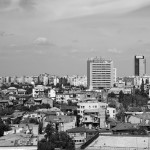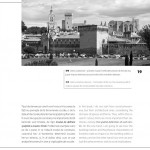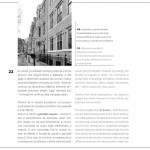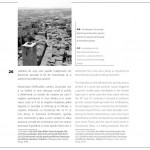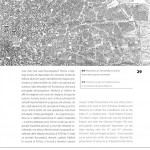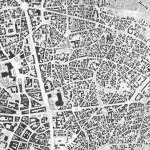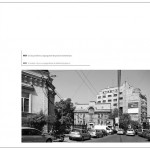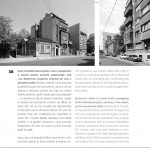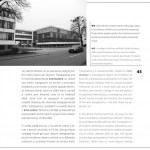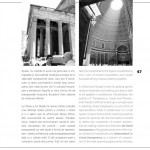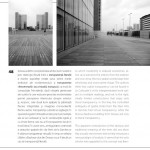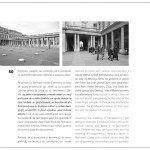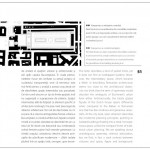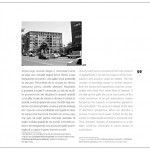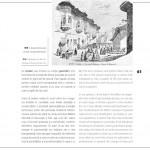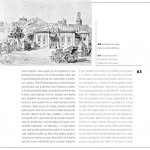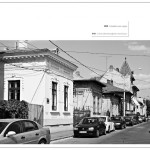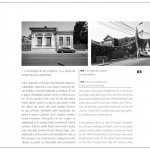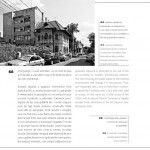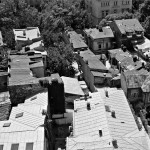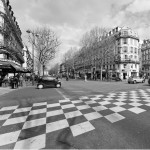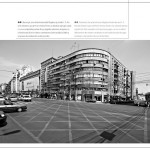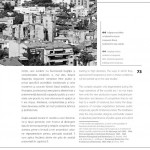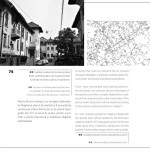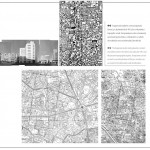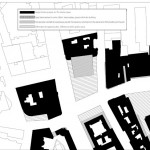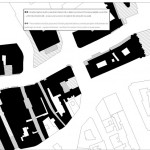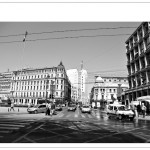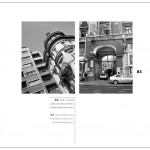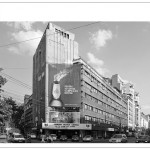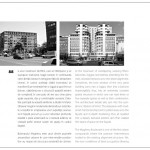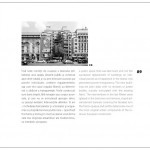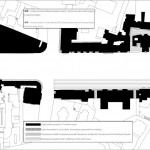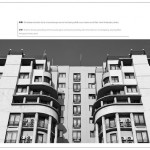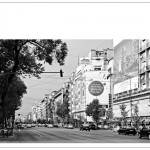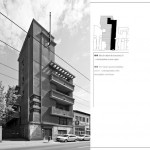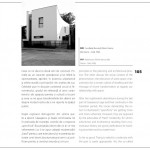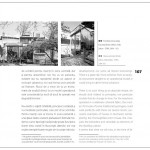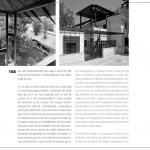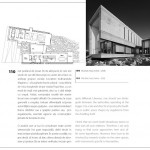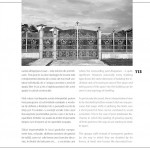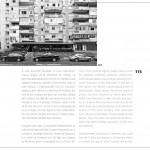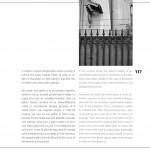book [EN/RO] – 2009
by: Ștefan Ghenciulescu
The more Bucharest architectural and urban patrimony is destroyed, the more publications dedicated to the city appear. It is an accountable phenomenon that pertains not only to a nostalgic evocation and exorcisation of the trauma caused by the totalitarian operations of the eighties but also to authors’ wish to bring arguments (explicitly or not) on the fact that Bucharest has had a valuable and determining patrimony in terms of our identity, a patrimony that deserves protection and promotion.
This assertion might look obvious; however, most people (and even part of the elites) do not value and do not connect affectively to the city where they live. The poor status of old buildings, the ubiquous mixture of historical parts and valueless wide areas generates a mostly negative image: to many people, Bucharest appears like a city with little history, lacking a special character out of which just a few streets, districts and buildings could be valued. This lack of valorization on behalf of society is just what becomes one of the main factors that have accounted for the past destruction and allows rude interventions nowadays. In most circumstances, works about Bucharest defy this state of things by recalling an idealized past, a patriarchal “genuine Bucharest” opposing modernity, which may represent the spirit of the city. However, arguments may be brought that the identity of a city does not express a frozen past, but a process that pertains to both architectural and urban shapes and social ones, while differences as compared to other cities do not necessarily mean a lack of genuine urban values, but maybe the fact that we are facing another type of urbanity.
While refusing both the nostalgic accounts and the trite clichés about a poorly loved and hardly understood city, the book offers an original reading of the dwelling culture in Bucharest. It covers the period of liberal modernization (from the beginning of the 19th century to the 1930s). The initial analysis has begun from architectural and urban forms, yet instead of approaching styles, it deals with merging, limits turned into places, depth and stratification. Behind several myths, you can certainly discover amazing qualities, elements of a particular urban culture. Thus, the chaotic growth could be read as an overlapping of unfinished projects, “the bigger village” as a transparent city, and the recent developments show express the disappearance of public space and opaque-ness of private places.
edited by: Zeppelin / EdituraUniversitară “Ion Mincu” București, 2009 / ISBN978-973-1884-19-6
The book was published with the support of the Administration of the National Cultural Fund (AFCN).




